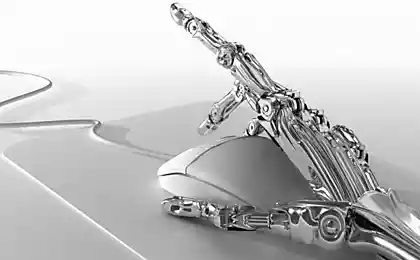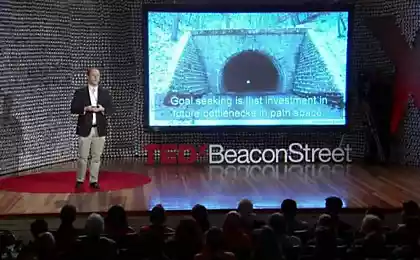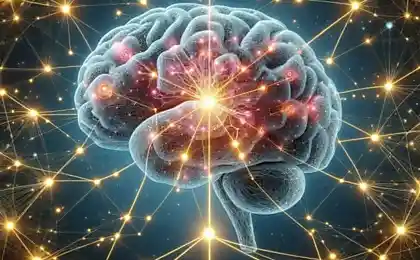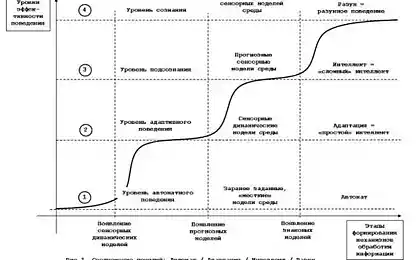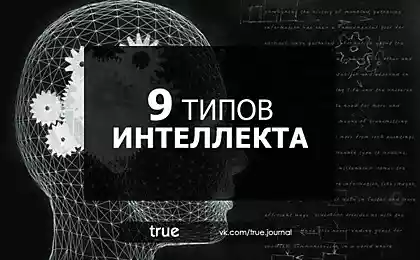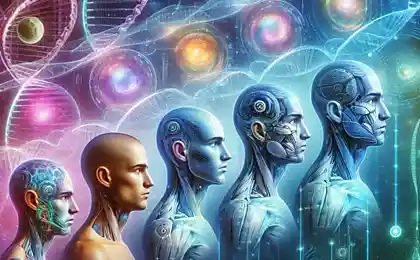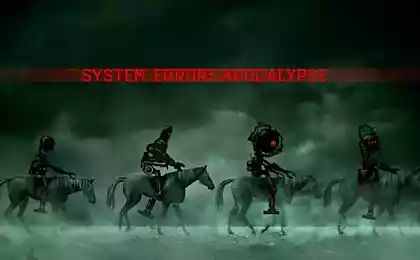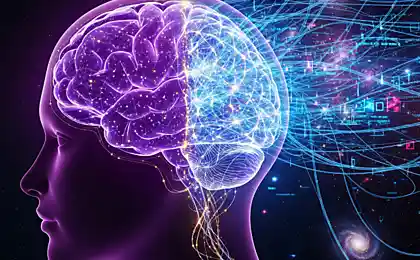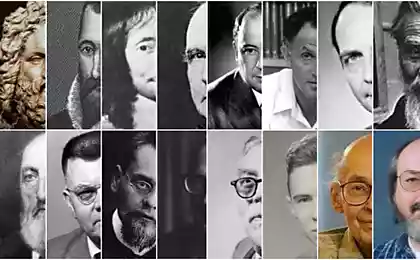241
The Internet is dead, long live the Internet: why the usual web will soon disappear

Social media and platforms around the world are cracking down on AI-generated content: YouTube and TikTok have already introduced strict labeling and moderation policies. But this is just the tip of the transformation iceberg that will forever change the digital landscape we have known for the past thirty years.
The Internet on the Brink of Fundamental Transformation
Just over thirty years ago, the open internet was a limitless space of opportunity with minimal barriers to entry. Today, we are witnessing its gradual fragmentation and centralization under the influence of a combination of technological, economic and geopolitical factors. The free internet that we admired in its early days is at a critical stage of evolution.
Two opposing forces are shaping the future of the global network. On the one hand, decentralized technologies like blockchain and Web3 protocols promise to bring back control to users. On the other hand, the centralization of content and audience in the hands of several tech giants is only increasing every year, creating a kind of “digital feudal possessions”.
The Battle for Control of Digital Content
One of the key catalysts of transformation was the mass introduction of generative artificial intelligence. Already today, major platforms are introducing strict rules for identifying and moderating AI-generated content:
- Instagram and Facebook require labeling of images created with generative models
- YouTube introduces technology to automatically detect synthetic video content
- TikTok introduced mandatory disclosure of the use of AI tools when creating publications
- Twitter (X) Develops Source Verification System to Fight Deepfakes
Five signs of transformation of the usual Internet
- Moving from text search to multimodal interfaces with augmented reality elements
- Dramatic reduction of organic social media content coverage in favor of recommendation algorithms
- Internet fragmentation across geopolitical and regulatory boundaries
- Implementing Digital Identity Mechanisms to Access Key Online Services
- Formation of closed digital ecosystems that impede the free movement of users

The Death of the Open Web: From Digital Gardens to Digital Fortresses
The concept of walled gardens in the digital space is not new, but today it acquires qualitatively new characteristics. Whereas in the past, users were able to move freely between different ecosystems while retaining the ability to export data and content, today the tech giants are looking to keep audiences within their own platforms as much as possible.

According to the Stanford Digital Society Project, the average Internet user spends more than 73% of their time in just five digital ecosystems. The share of content consumed through the open web declined from 48% in 2010 to less than 17% in 2024. It is noteworthy that young users (16-24 years) practically do not use browsers to consume information, preferring native applications.
“We are witnessing a fundamental paradigm shift: the Internet is no longer primarily a text-based medium with hypertext links and is becoming an algorithmically managed space where content is tailored to a specific user.” This is not just a technological change; it is a transformation of the way information is perceived. Jared Lanier is a technological philosopher and visionary.
Digital Sovereignty and Internet Fragmentation
In parallel with the corporate segmentation of the Internet, there is a geopolitical fragmentation of the Internet. The concept of “digital sovereignty,” initially promoted by authoritarian regimes, is now resonating in democracies concerned about national security and the protection of citizens’ personal data.
The formation of regional Internet spaces with their own rules, standards and restrictions leads to the emergence of digital barriers that limit the free movement of information. Experts predict that by 2030, the global network could transform into a set of interconnected but regulatoryly and technologically isolated “intranets” with varying levels of access and content filtering.
What do we lose when the open internet disappears?
- Serendipity: Unexpected findings of content that goes beyond algorithmic recommendations
- Contextual Diversity – Acquaintance with information from different sources and perspectives
- User control over the information consumed, which is replaced by algorithmic predetermination
- Low entry barriers for independent content creators and new digital platforms
- Technological interoperability – the ability to easily move data between different services
The renaissance of the digital space: new models of the Internet
Despite the obvious challenges, the transformation of the Internet carries significant potential for a qualitative leap in the development of the digital environment. Today, we are witnessing the emergence of alternative models of networking that seek to overcome the limitations of the modern web.

Decentralized protocols as an alternative
Web3 technologies built on blockchain and distributed ledgers offer a fundamentally different approach to organizing digital interactions. Instead of centralized platforms controlling user data and monetizing attention, they create an infrastructure for direct interactions between network participants.
Protocols like ActivityPub (which underpins Mastodon and other federated social networking platforms) demonstrate the viability of a decentralized approach, enabling the creation of interconnected but autonomous communities. IPFS (InterPlanetary File System) technology offers an alternative to the traditional web hosting model, making content available through a distributed network of nodes.
The New Paradigm of Digital Interaction
The future Internet is likely to be a multi-layered structure where:
- Enterprise platforms with a high degree of control and content moderation
- Decentralized networks with minimal regulation and maximum user autonomy
- Hybrid solutions combining the advantages of both approaches
- Multimodal interfaces that combine text, voice, video and augmented reality
- Autonomous AI agents acting on behalf of users in the digital environment
How can we adapt to the new digital reality?
User recommendations:
- Diversify your digital channels of information consumption, not limited to algorithmic social media feeds
- Master the basic tools of digital self-defense: VPN, encrypted messengers, password managers
- Develop a personal digital identity management strategy, separating professional and personal online presence
- Perform “digital detox” routinely, going beyond recommendation algorithms
- Invest time in learning new digital platforms and protocols, especially in decentralized technologies.
- Support independent content creators through direct monetization models (subscriptions, donations, micropayments)
- Form a cross-platform presence without relying on single social network distribution algorithms
- Establish direct communication channels with the audience (email newsletters, messengers, own platforms)
- Experiment with decentralized content distribution platforms while maintaining a presence on traditional networks
- Develop a unique voice and style that will set your content apart from generative noise
- Explore new content formats and modalities adapted to changing user habits
Conclusion: from death to rebirth
The Internet, as we have known it for decades, is a thing of the past. However, his “death” is not so much a final disappearance as a transformation into a qualitatively new form of digital existence. Like the ancient Greek phoenix, the Internet is experiencing a period of renewal through the destruction of outdated structures and paradigms.
The future of the digital space will be shaped not only by technological factors, but also by collective decisions by users, developers, regulators and businesses about what kind of internet we want. In this context, conscious choice of digital platforms and active participation in the formation of new models of networking are becoming a form of civic responsibility in the digital age.
The new Internet, which is emerging before our eyes, presents both serious challenges and unprecedented opportunities. In the world of algorithmic predestination, human unpredictability, creativity and critical thinking are of particular value. And paradoxically, the more intelligent our digital systems become, the more these fundamentally human qualities become.
Glossary of terms
Web3 is the concept of a new iteration of the Internet based on decentralized technologies (blockchain, cryptographic tokens), giving users greater control over data and digital assets.
Deepfake is a synthetic media content created using deep learning algorithms to replace people’s faces or voices in video and audio recordings.
Digital sovereignty is the ability of a state to control its digital infrastructure, citizens’ data and regulate the activities of digital platforms within its jurisdiction.
Walled Gardens are closed digital ecosystems controlled by a single company that restrict interaction with external services and the export of user data.
Generative Artificial Intelligence is a class of machine learning algorithms capable of creating new content (texts, images, videos, music) based on learning on large amounts of data.
ActivityPub is a decentralized social networking protocol that allows servers to share information and create a federal network of interconnected but autonomous communities.
Digital detoxification is the practice of consciously limiting the consumption of digital content and using technology to improve psychological well-being.
IPFS (InterPlanetary File System) is a protocol and distributed file system for storing and sharing data in a distributed network of computers.
Why Yoga Can Make You Not Only Flexible, But Strong
What is an emotional connection with things and how to get rid of it


